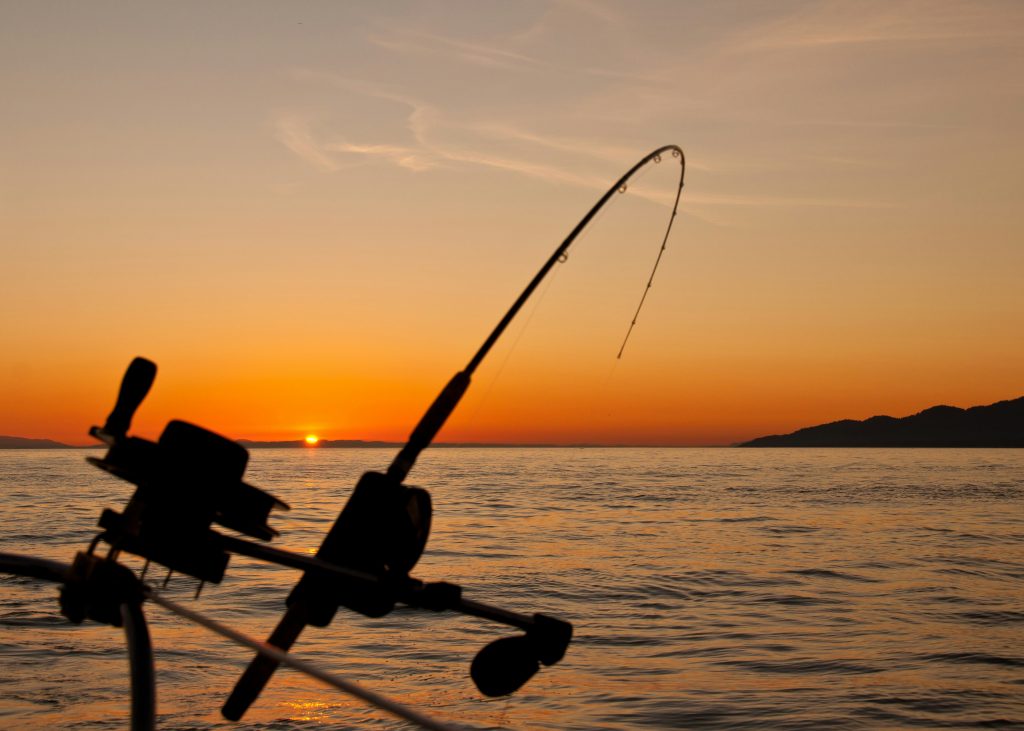Top Sea Fishing Strategies for a Bountiful Catch Every Time


Sea fishing is an exhilarating experience, offering the opportunity to catch various types of fish while enjoying the beauty of nature. Whether you are an experienced angler or just starting, specific strategies can significantly improve your chances of making a successful catch. This article will explore the most effective sea fishing strategies, ensuring a bountiful catch every time.
Select the Right Fishing Gear
Having the proper fishing gear is crucial for a successful sea fishing experience. Using the right rod, reel, and line is essential to ensure you can handle the target fish. A sturdy rod with enough flexibility will allow you to cast your bait effectively and handle larger fish. When selecting a reel, consider the species of fish you are after and the strength of the line required for that fish. A heavier line will be necessary for larger fish, while a lighter line is suitable for smaller catches.
Equally important is choosing the right hooks and bait. Fish species vary in their preferences for certain types of bait. While some may be attracted to live bait such as worms or minnows, others may prefer artificial lures. By researching the specific fish you want to catch and matching the bait to their preferences, you can increase your chances of attracting them to your line.
Fish Near Structures
Fishing near underwater structures can significantly increase your chances of a bountiful catch. Fish tend to congregate around structures such as rocks, reefs, wrecks, and piers because these locations offer shelter, food, and protection from predators. Structures provide an ideal habitat for baitfish, attracting larger predatory fish.
Casting your line near these structures gives you access to areas where fish are likely to feed. Using a depth or fish finder to identify potential fishing hotspots is essential. This technology lets you pinpoint structures beneath the surface, ensuring you are fishing in the right areas and increasing the likelihood of a successful catch.
Learn the Art of Casting
Mastering the casting technique is one of the most essential skills in sea fishing. A well-executed cast can help you reach areas home to large fish, such as distant reefs or the mouths of rivers and estuaries. Practice makes perfect, and learning to cast accurately and efficiently will significantly improve your fishing results.
When casting, it is essential to consider factors like wind and current. Wind can affect the direction of your cast, so it is necessary to adjust your aim accordingly. Similarly, understanding the current can help you determine where to cast your bait. Fishing in the right spot with the correct casting technique is key to increasing your chances of a bountiful catch.
Time Your Fishing Trips Wisely
Timing is everything in sea fishing. The best times to fish are typically early in the morning or late in the evening. During these periods, fish are more likely to feed actively, especially in shallow waters. Daylight hours are less productive, with fish moving deeper into the water to avoid predators and seek cooler temperatures.
Additionally, certain seasons are better suited for specific fish species. Research the types of fish you are targeting and their peak feeding seasons. By planning your fishing trips around these optimal times, you can maximize your chances of catching your desired species and enjoy a more rewarding fishing experience.
Stay Patient and Observant
One of the most critical aspects of successful sea fishing is patience. Fishing requires much waiting, as fish may not bite immediately. However, remaining patient and observant can make all the difference. Pay attention to subtle environmental cues, such as changes in water movement or fish activity on the surface. These signs can indicate where fish are likely to be located.
Additionally, patience allows you to test different baits, lures, or techniques until you find the right one that works for the conditions. If one approach isn’t yielding results, don’t be afraid to try something new. Fishing is as much about persistence and adaptability as it is about skill.
Understand Fish Behavior
Understanding the behavior of the fish you are targeting can significantly improve your chances of success. Fish often exhibit patterns based on water temperature, food availability, and predator presence. By learning about the species you are fishing for, you can gain insight into their habits and make more informed decisions about where and when to fish.
For example, some fish are more active during the day, while others are nocturnal. Some species are more likely to feed near the surface, while others prefer deeper waters. By understanding these behaviors, you can adjust your fishing strategy accordingly and increase your chances of attracting the fish you’re after.
Adapt to Changing Conditions
The sea is a dynamic environment, and conditions can change rapidly. Successful anglers must be able to adapt to these changing conditions to maximize their chances of a bountiful catch. This might involve adjusting your fishing location based on the tide, changing your bait if the fish aren’t biting, or switching your fishing gear to suit different conditions.
Weather changes, such as shifts in wind or temperature, can also affect fish behavior. Fish are more likely to be active during specific weather patterns, such as overcast days or after a rainstorm. By staying flexible and adjusting your fishing approach as needed, you can increase your chances of success no matter the circumstances.
